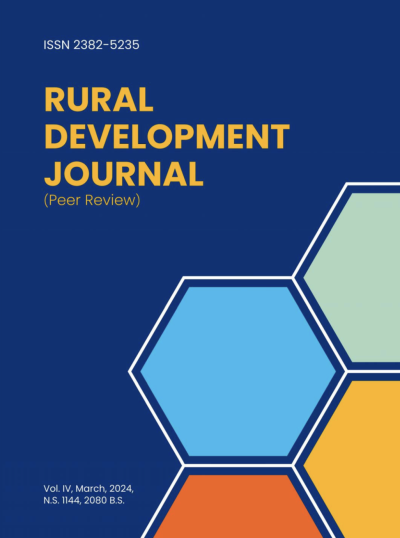Internal Migration in Nepal: Resilience to Departure and Host Area
DOI:
https://doi.org/10.3126/rdj.v4i1.64029Keywords:
migration, resilience, challenge, disparities, resourcesAbstract
The present study aims to explain the current situation of internal migration and resilience. It is based on secondary sources of information. Mixed method is used to depict the complex scenario of inter-regional migration. Internal migration is a common phenomenon in Nepalese social history. It is generally attributed to poverty, low income, scarce fertile land, lack of opportunity, disparity of population distribution and resources. The unnatural flow of population from hilly to Tarai and rural to urban areas is an issue of study. Migration creates an unprecedented challenge to modern society. The resilience of society either to the host area or the place of departure being painful. The issue of mobility of the people generates disparities of population distribution and resources. Due to uncontrolled movement of people either temporarily or permanently, balanced social and cultural issues are being destroyed and several complexities are emerging. Ancient migration pattern was guided by the scarcity of food and security. Current migration issues are governed by the luxuries of life. Over pressure of population in Tarai and urban areas and dearth of people in hilly region creates havoc in life of both the places.




